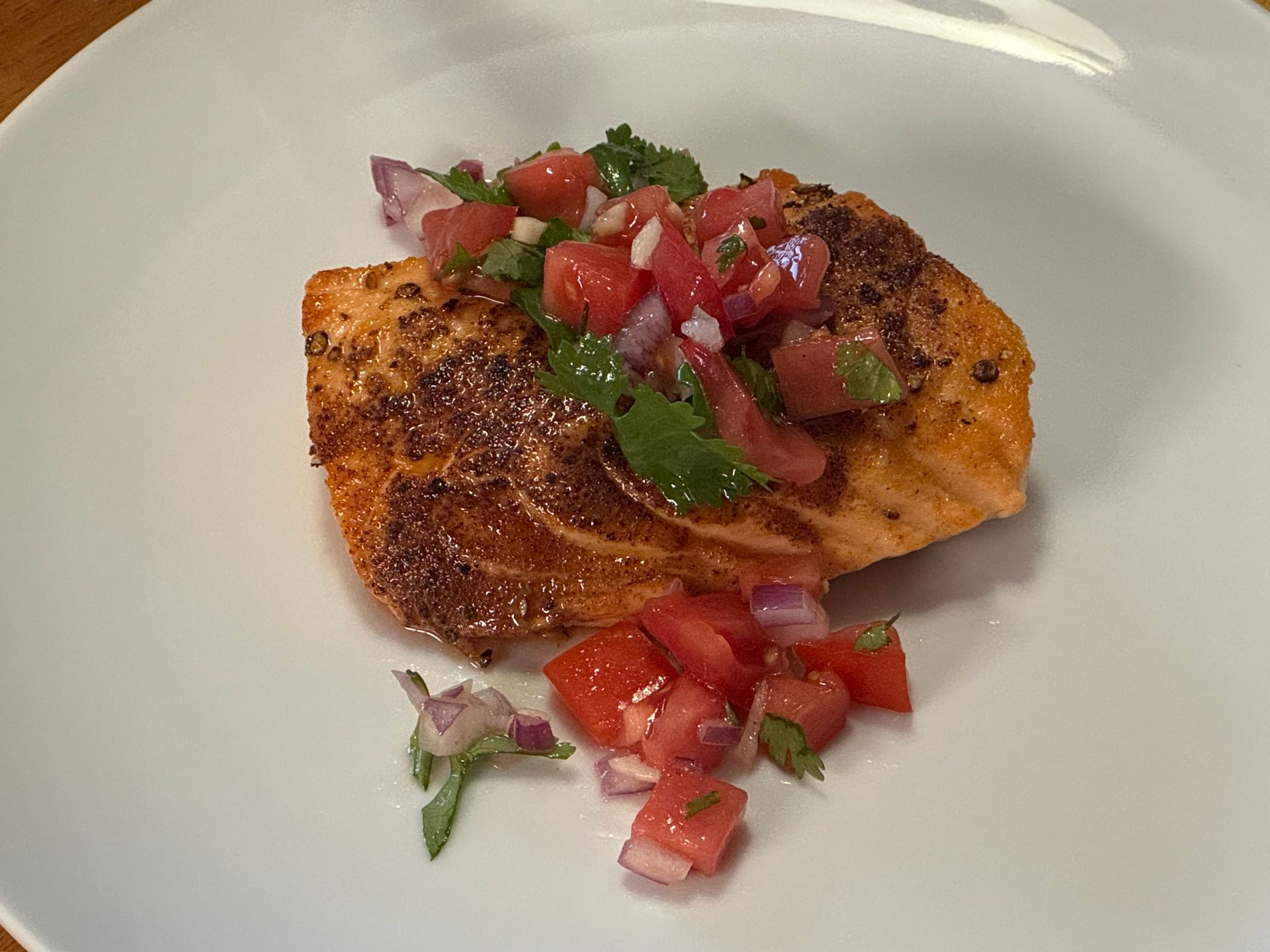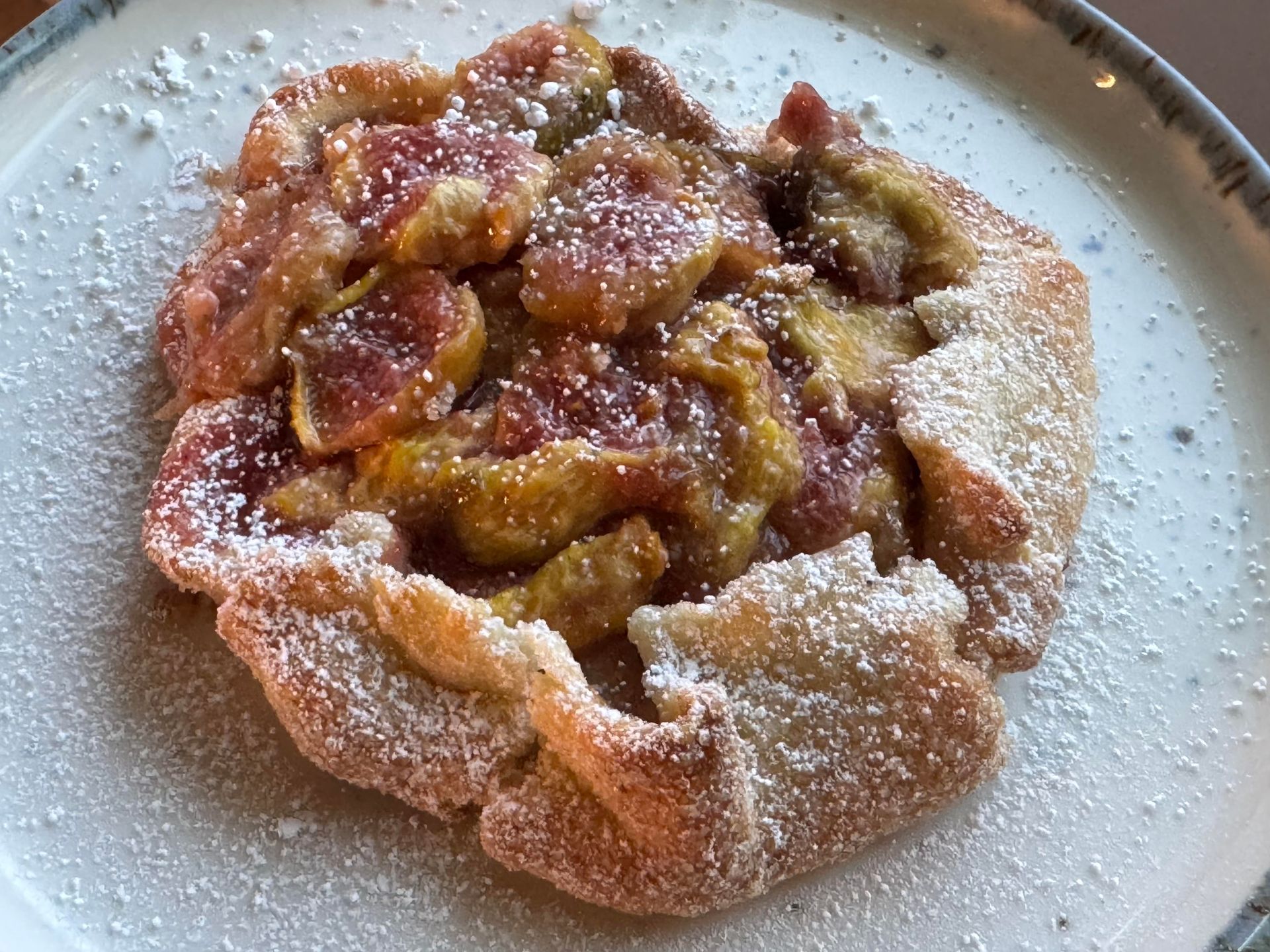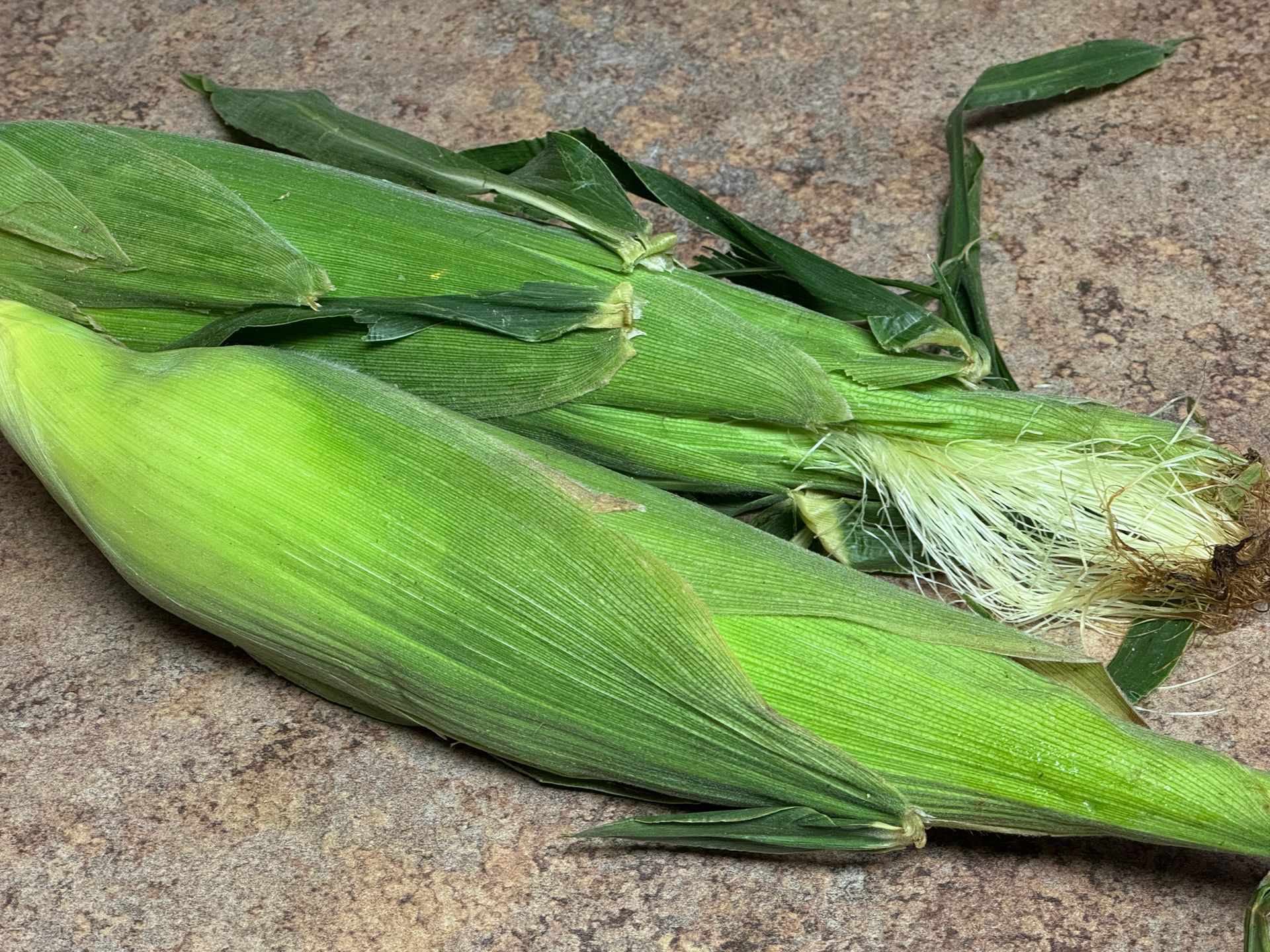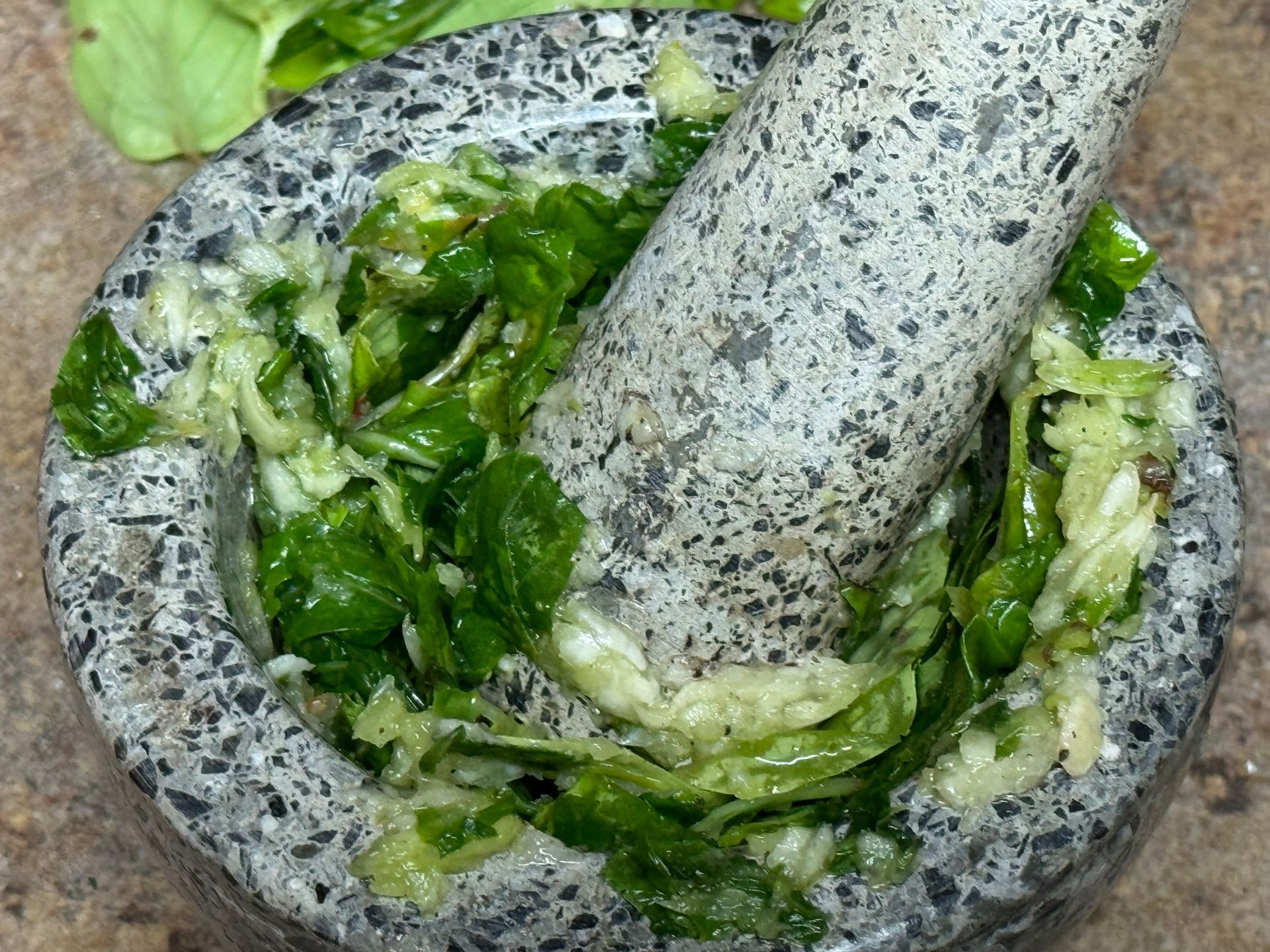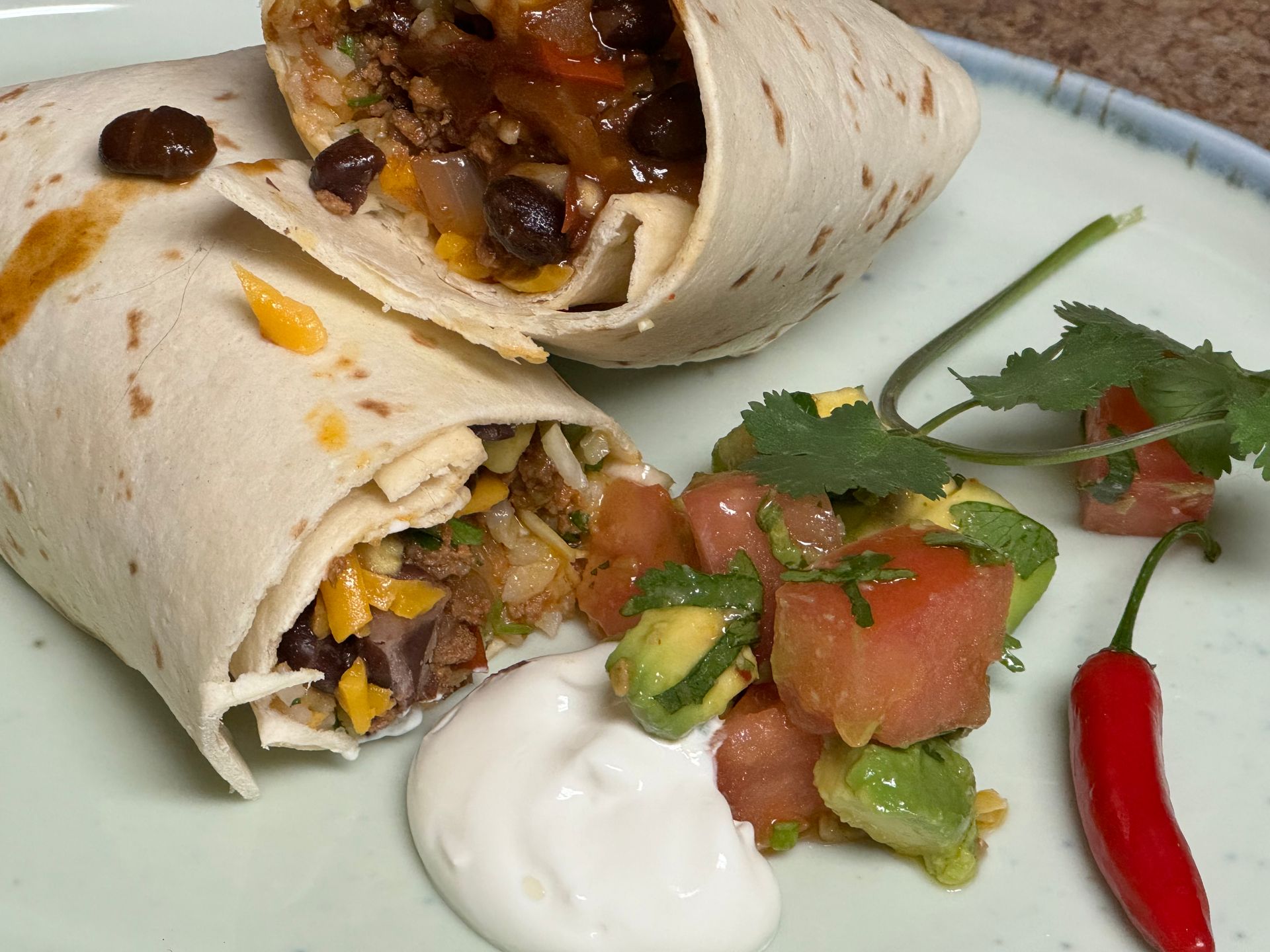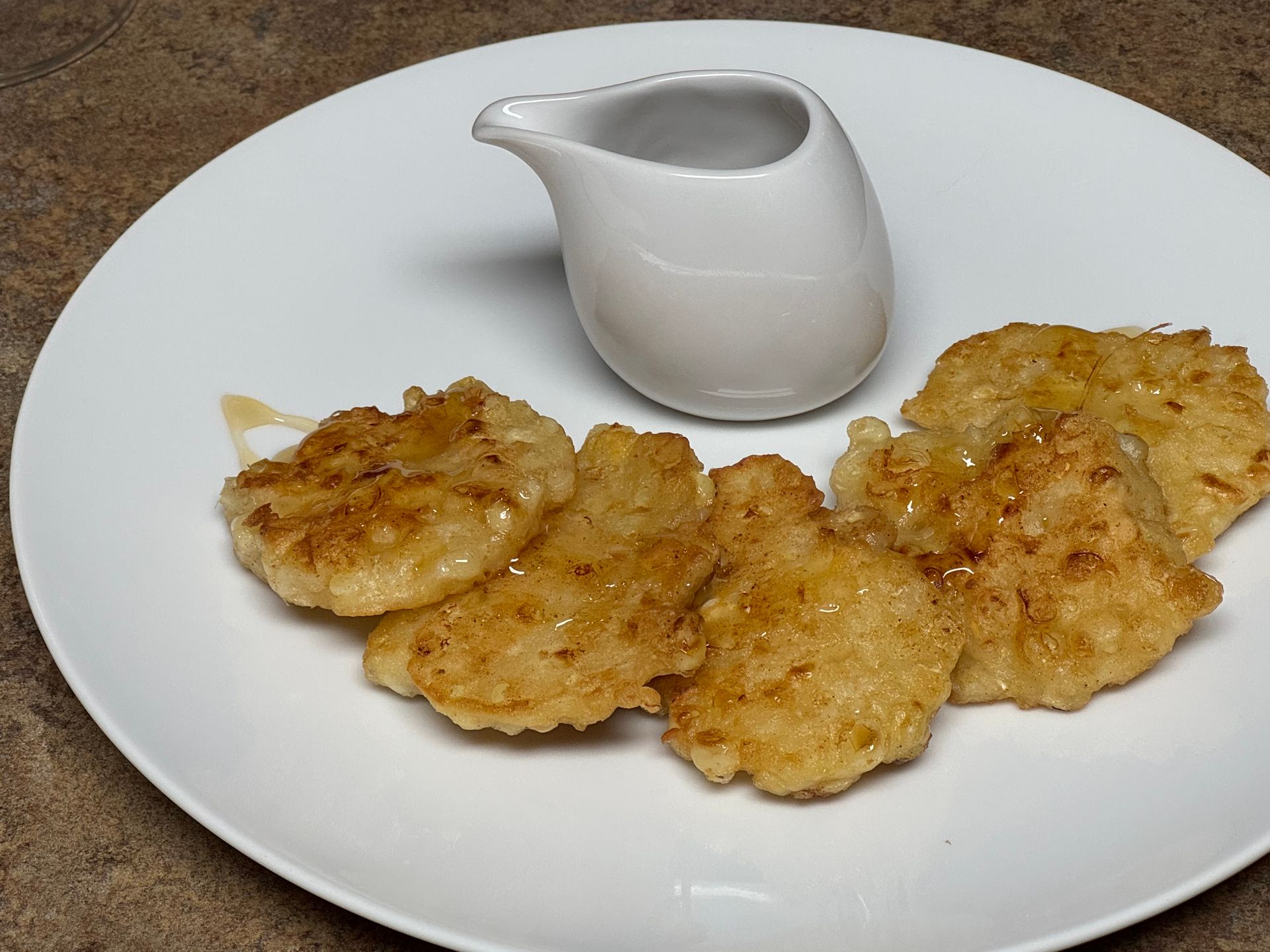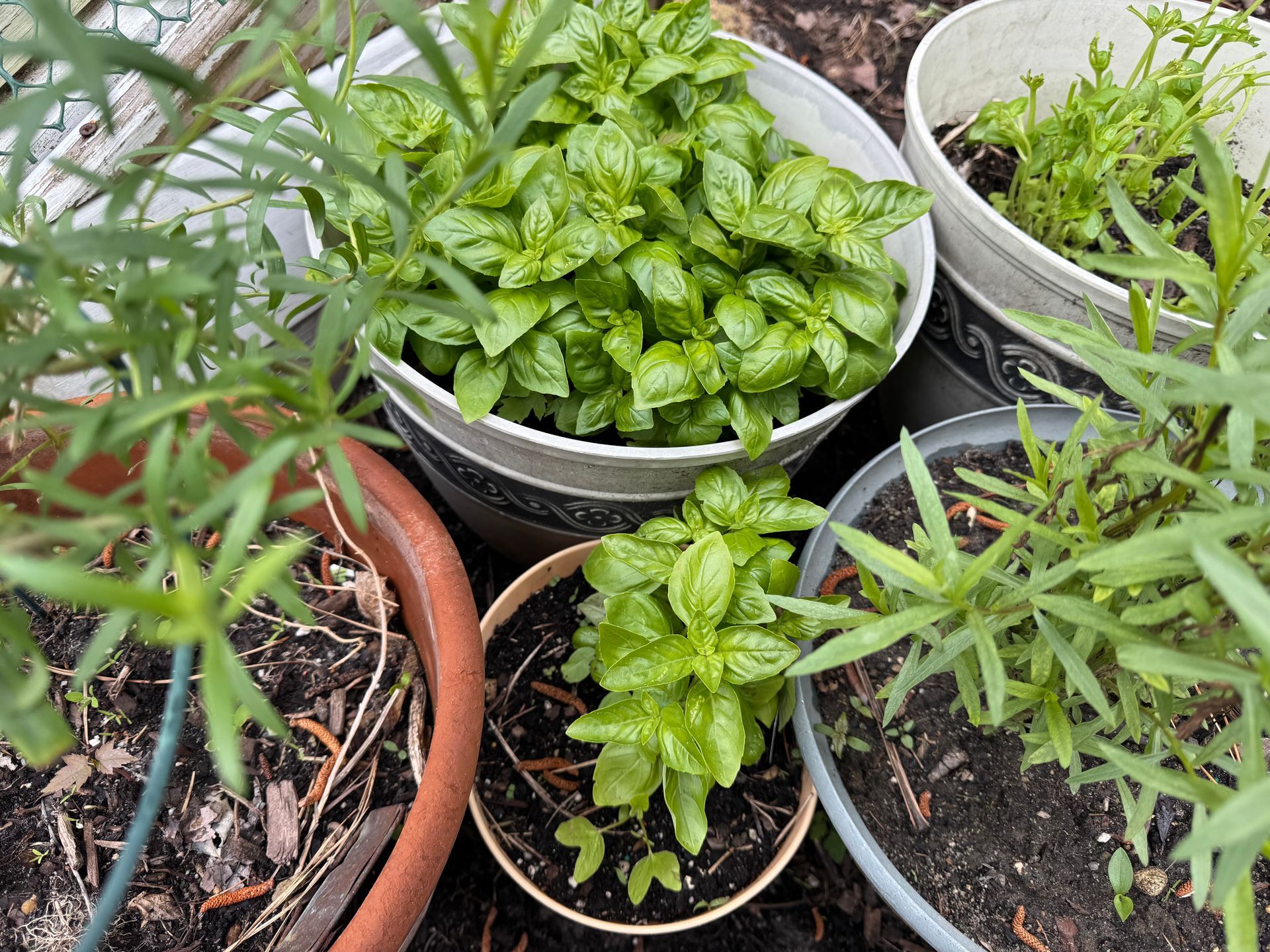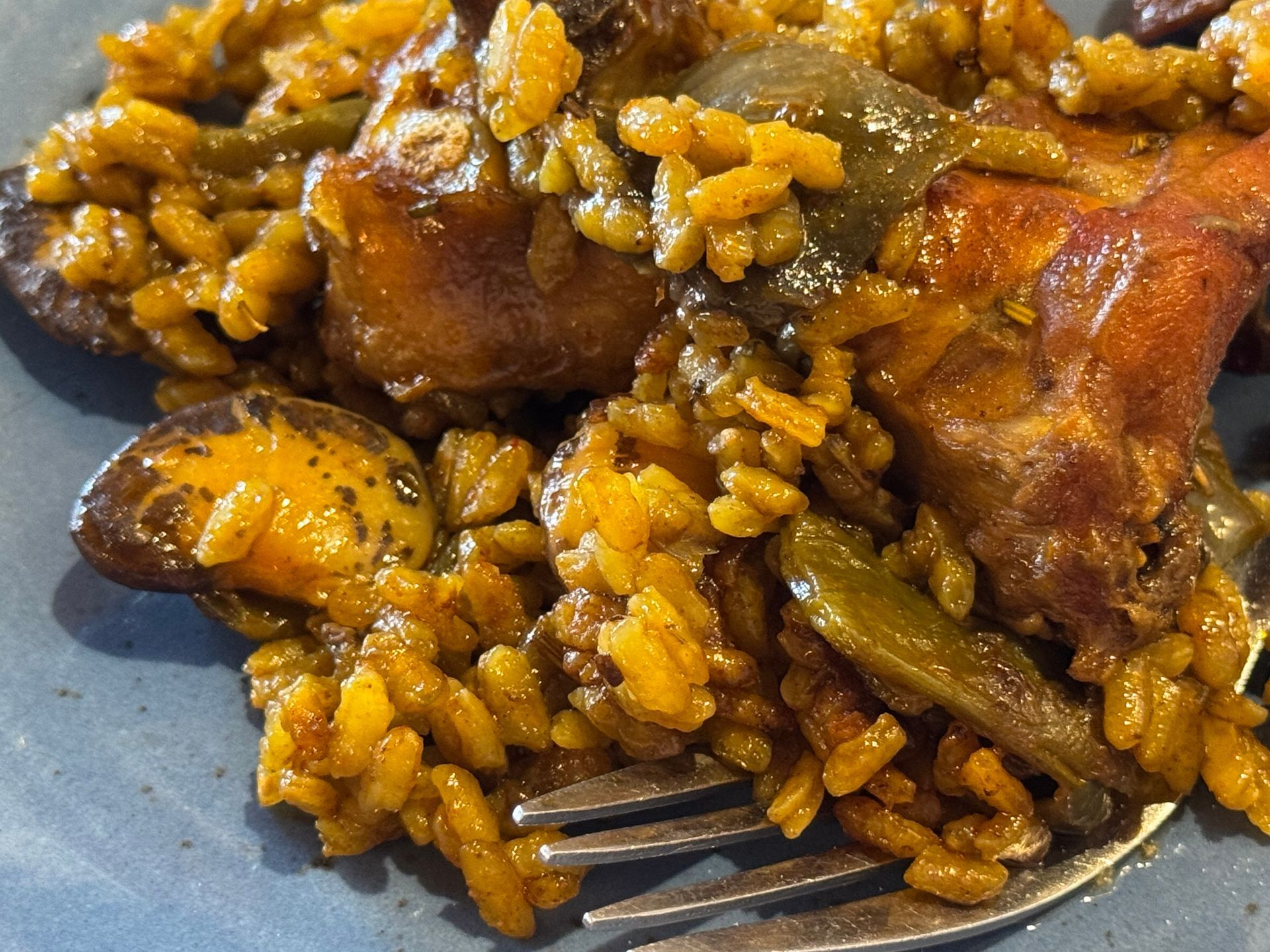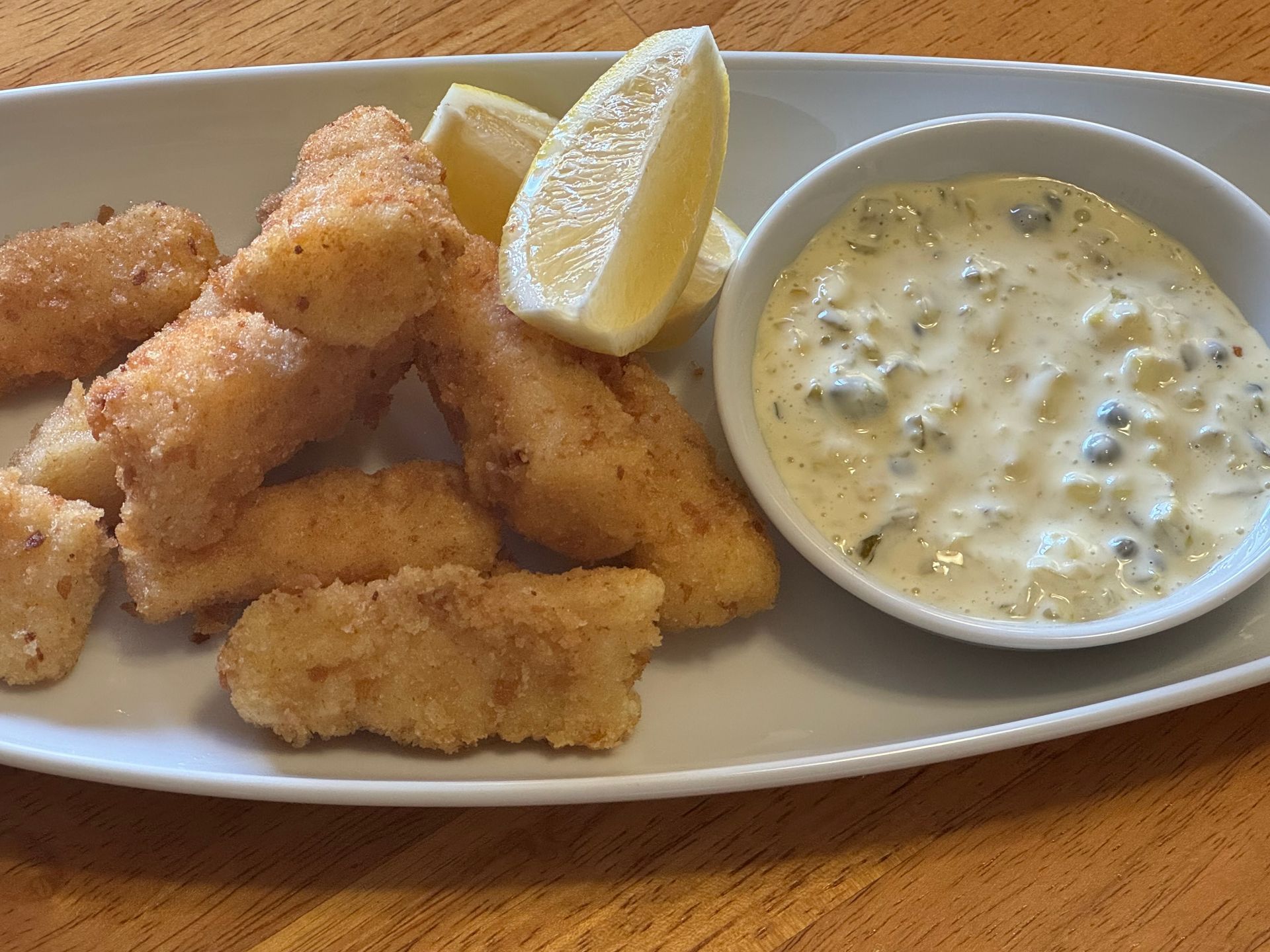
My first professional cooking job was as the poissonnier at Le Cirque in Manhattan. Occasionally the Chef asked me to make fried fingers (goujons) of flounder family meal. Being right out of culinary school, I set up the normal mise en place for standard breading; a tray of sifted flour, eggs and breadcrumbs. Chef came over and taught me the quicker method... flour the seasoned fish in a bowl, add eggs to the floured fish (same bowl) and then breadcrumbs (same bowl). (one bowl and a fraction of the time)! To this day, that’s the method I use to make crispy, fried goujons-these photos are with bluefish fillets Junnie and I caught.
Fried 'Goujons' of Bluefish
I've always loved catching bluefish. They're aggressive, give a nice fight and taste great. I remember catching small 'snapper blues' in Maine on crocodile lures-you can deep fry the whole fish- absolutely delicious.
I love to fish on the surf for fluke, when the bluefish come in to the surf, the baitfish cover the beach as they try to swim away from the bluefish. It's wild to fish in this fracas.
Recently, Captain Greg brought me fishing for sea bass over an amazing wreck off of Long Beach Island.
On the way we ran into a large school of bluefish chasing mullet. The ocean literally erupted with sea gulls, mullet & bluefish… It's so fun to catch bluefish!

Fried Goujons
Prep Time: 30 min
Cooking Time: 20 min
Yield: 4 portions
Ingredients
2 qts. Oil fro frying (peanut oil works well)
1 lb Fluke, Flounder, Bluefish etc... scaled, cleaned and thoroughly rinsed
1/2 tsp Kosher Salt
t.t. Black pepper
1 Cup. AP flour
2 ea Eggs, cracked-whisked
2 Cups Breadcrumbs, seasoned if you like
2 ea Lemon, quartered
Spicy Tartar Sauce
1 Cup Mayonnaise
2 Tbsp Scallions, sliced thinly
2 Tbsp Sweet Relish
2 Tbsp Capers
1 tsp Sriracha
Add all of the ingredients; mix to incorporate, serve with fried fish & lemon wedges
How to Prepare Deep fried Whole Fluke
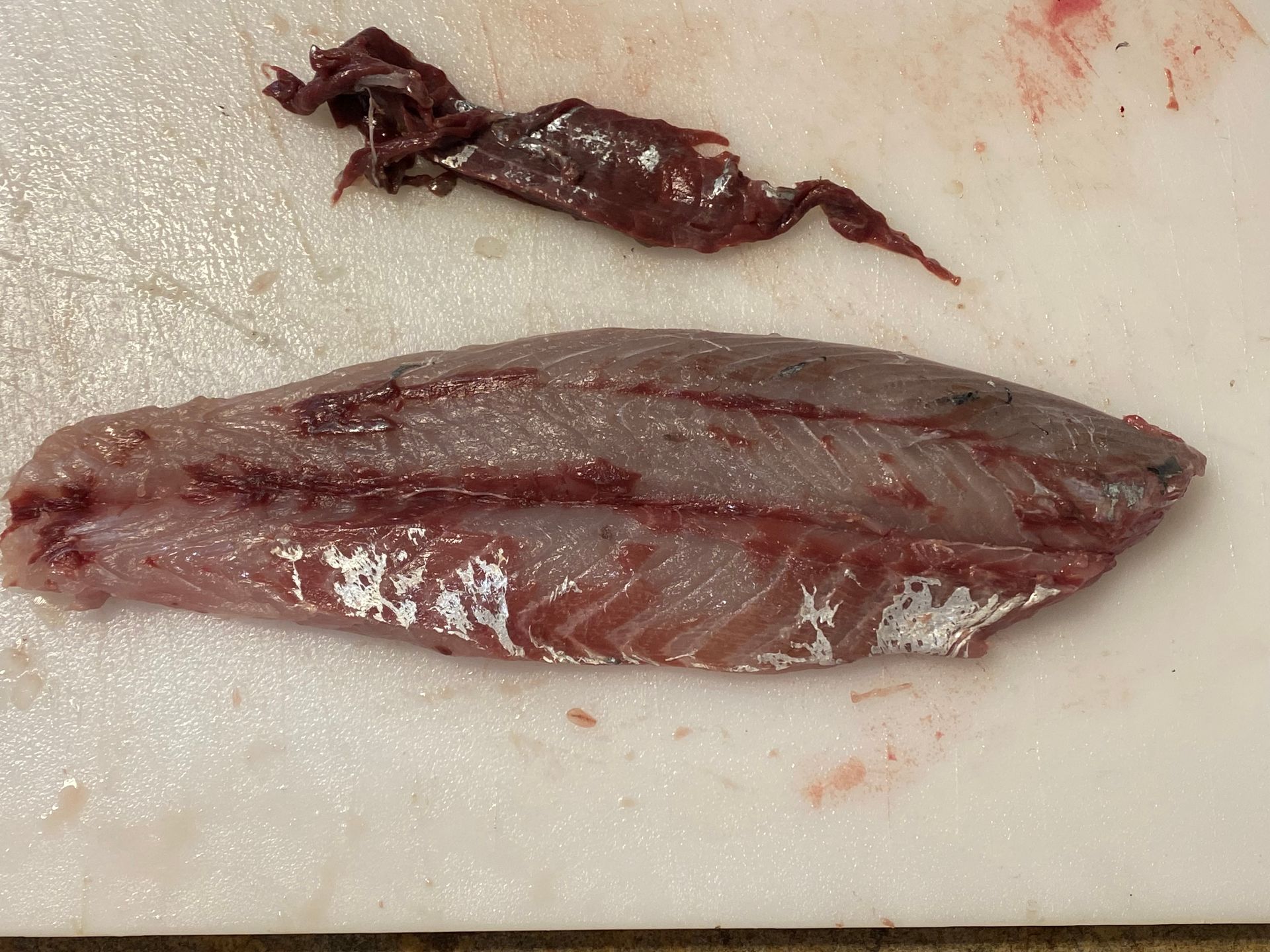
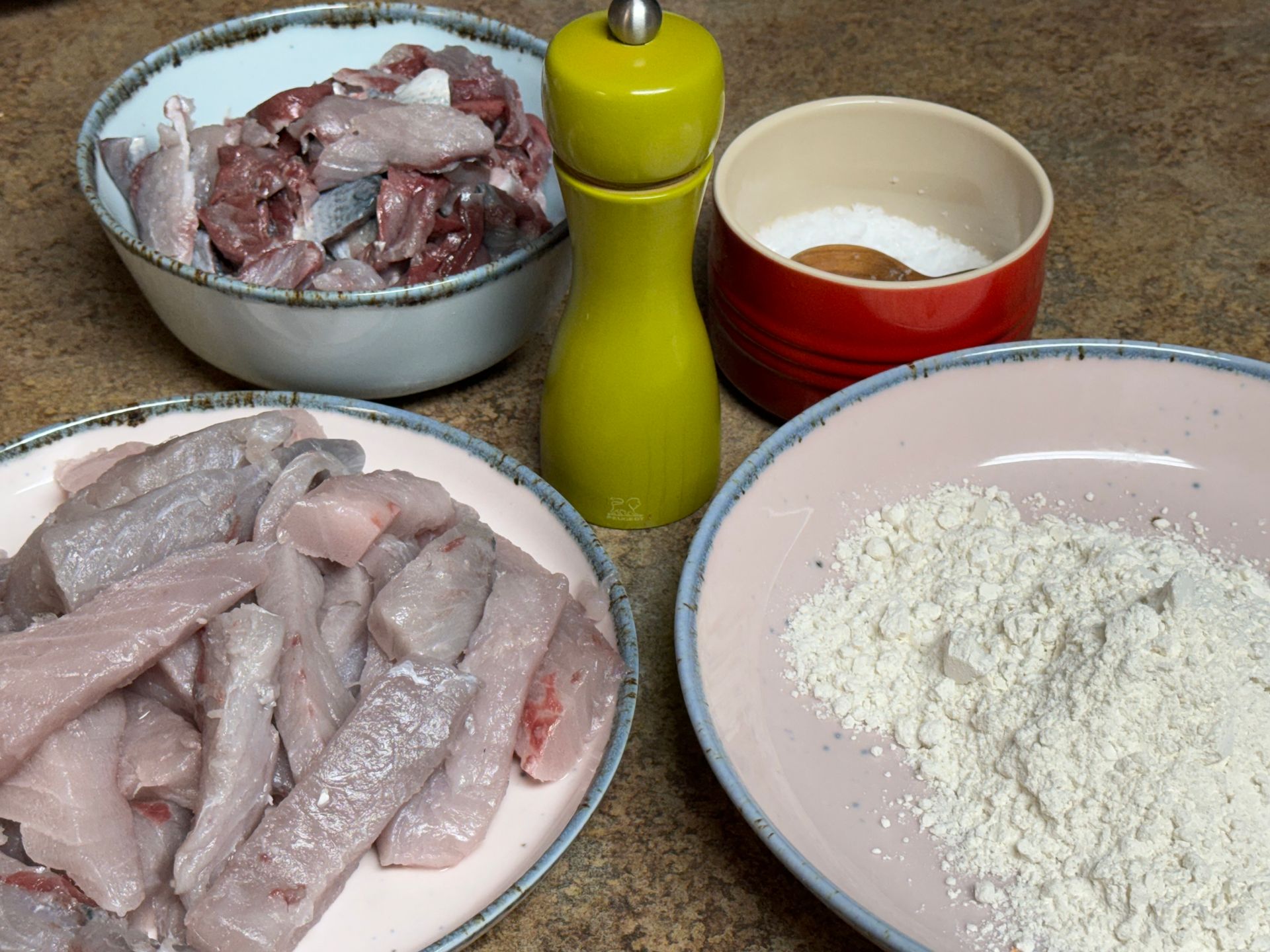
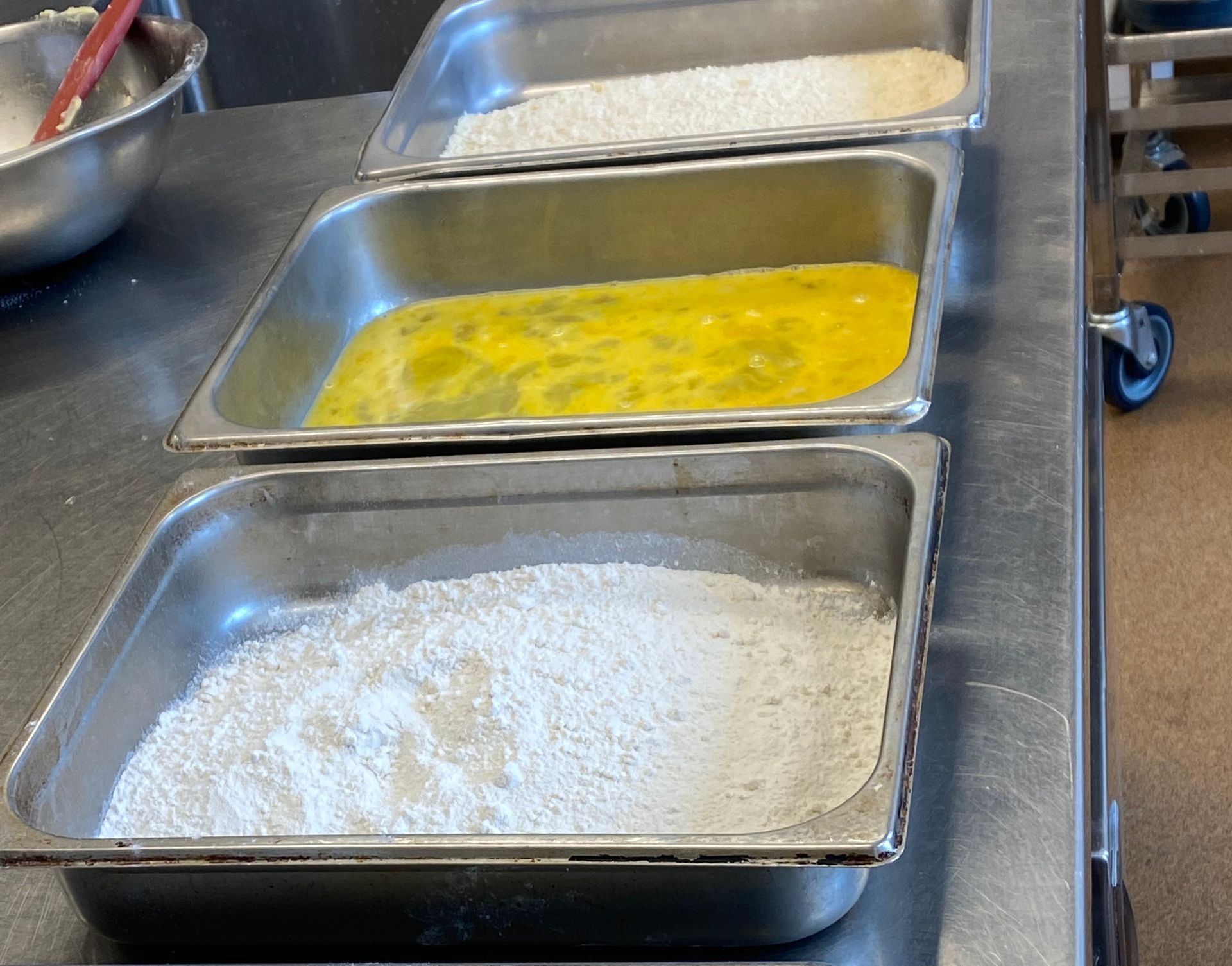
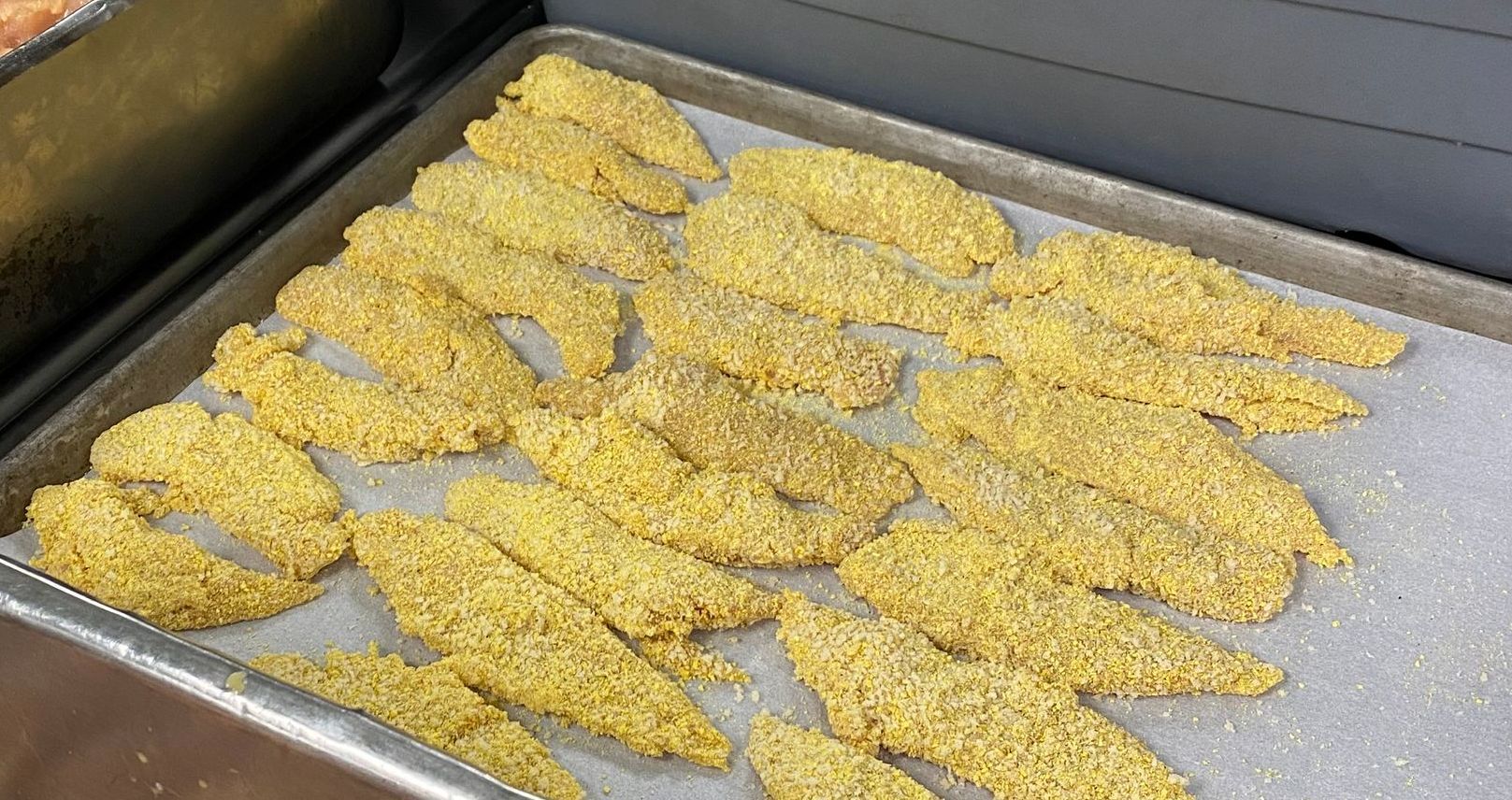

Step 1
Clean the fish fillets of all blood line, discard; pat dry with paper towels. Cut into 2 inch 'fingers'.
Season the with salt and pepper.
Step 2
Place the seasoned fish 'fingers' in to a bowl and pour the flour over it, toss to evenly coat.
Pour the eggs over the floured fish and evenly coat, using a rubber spatula (or your fingers).
Finally pour the breadcrumbs over the fish and toss, covering each piece with breadcrumbs. You should lightly squeeze each finger so it's covered tightly with the breadcrumbs-add more breadcrumbs if needed.
This is a picture of the normal, standard breading set up. We're eliminating this and doing it all in one bowl.
Place each finger of breaded fish onto a sheet tray lined with parchment-let dry for a few minutes and pan fry or deep fry in hot oil. The fingers must be submerged.
When the fingers are golden browns, scoop out of the oil using a slotted spoon or spider on to a tray with paper towels to drain the excess oil.
Serve with tartar sauce and lemon.

